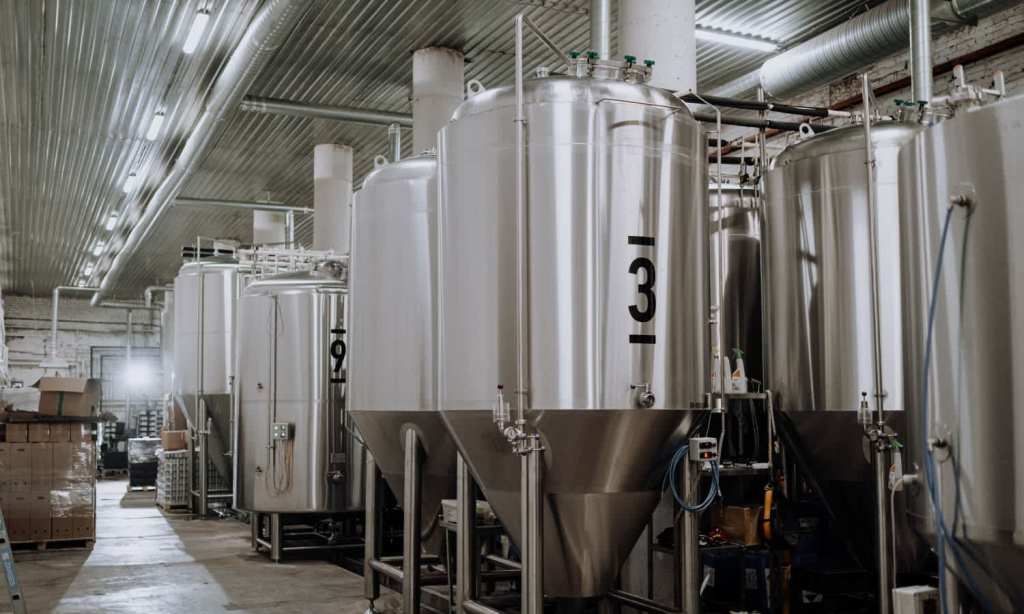Although there have been ideas floating around since the early 2000s, the intersection of materials, science, biology and fashion has only just started showing up in our mainstream news feeds.
Developing rapidly since 2018, bioengineered fashion promises more sustainable materials that are grown in labs and made with microbes.
Basically, to produce the materials you need to make clothes, biologists use live organisms to grow pieces of biodegradable textiles, which then result in environmentally friendly materials that can hopefully be produced in enough mass to eliminate the use of animal products and synthetics.
The technology of making bioengineered materials uses a kind of fermentation, which in gene-edited organisms like yeast or bacteria, are reprogrammed to produce the raw materials for textiles and fibres.
Within the last few years, we’ve seen a range of these bioengineered materials trickle through mainstream brands and into the world of fashion. Things like lab-made leathers to futuristic, super-strong silks have made their way onto runways and into everyday consumer markets.
It’s really positive to see big-name brands such as Patagonia, Stella McCartney, Adidas and The North Face buying into this sustainable long-term dream/solution, partnering with biotech firms to help them with upcoming designs and factoring in sustainably produced materials into their collections.
A few months back, Adidas released mushroom-leather and excess dog hair (no pups were harmed) version of their classic Stan Smith sneaker. Hermes is currently partnering with Californian-based MycoWorks on a fungus-based high fashion handbag and designer Yuima Nakazato has been using bioengineered silks to make some wild haute couture.
With the process of bioengineering materials slowly evolving, this may be a new system of manufacturing for clothing companies that will still be able to produce them with the necessary materials, but can do so without harming the environment.
A lot of negative impact from the fashion industry comes from the materials. In order to output masses of clothing and make a profit, many companies opt for the cheaper options, which are often materials such as nylon and polyester, and these are bad for the environment.
Nylon manufacture creates nitrous oxide, which is a greenhouse gas 310 times more potent than carbon dioxide. Polyester uses large amounts of water for cooling, along with lubricants which can become a source of contamination. Basically, they’re both huge energy users.
The ability to tinker with the genetic makeup and growing conditions of organisms means that never-seen (or used) before materials can be designed from the ground up, to create ideal fibres and high-performance clothing. These pieces of clothing will be more expensive in turn, but surely worth the investment into a slower and more sustainable fashion industry.
As the science grows, so will its accessibility, making this movement in bioengineering a pretty exciting one for a greener future.
Read more stories from The Latch and subscribe to our email newsletter.







